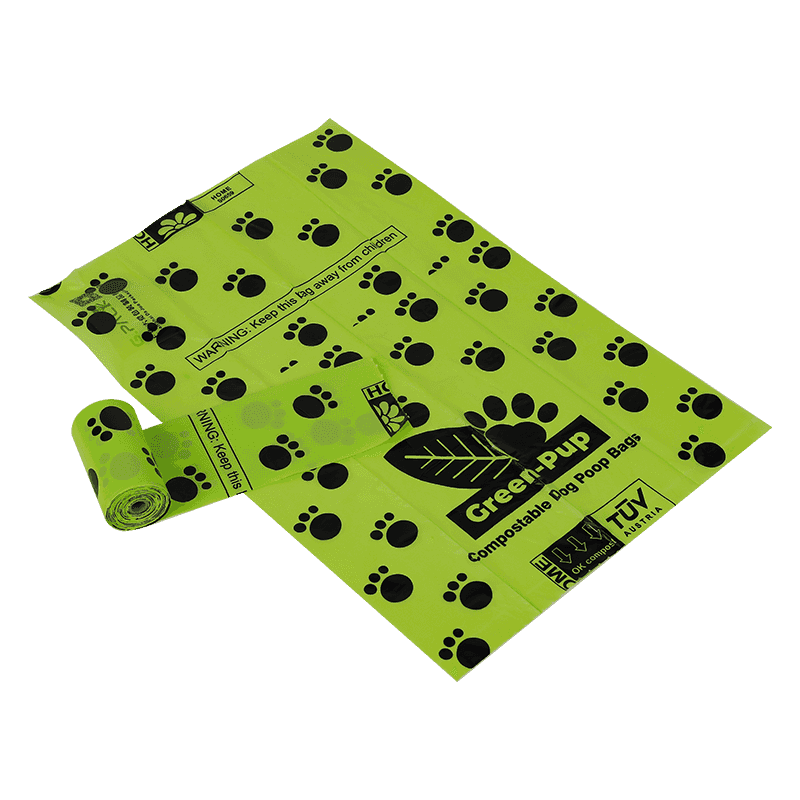What Really Happens to Compostable Pet Poop Bags in Landfills and Composting Systems
Compostable pet poop bags are marketed as an eco-friendly solution for managing pet waste, but many users still wonder what actually happens to these bags after disposal. Do they truly break down as intended, or is it just a feel-good promise? The answer depends heavily on where and how the bag is disposed of—and understanding this can help pet owners make smarter environmental choices without falling for greenwashing. While these bags are designed to degrade, their behavior in different waste systems varies significantly.
In industrial composting facilities, compostable dog poop bags perform as expected—breaking down within 90 to 180 days under high temperatures, controlled humidity, and active microbial conditions. These facilities meet the rigorous standards of certifications like ASTM D6400 and EN 13432, which many genuine compostable bags are tested against. However, industrial composting infrastructure isn’t always available to the average consumer. Many municipalities don’t offer pet waste composting services, and most compostable materials end up in regular trash bins bound for landfills.
Once in a landfill, the decomposition process changes. Unlike composting environments, landfills are largely anaerobic (oxygen-poor), which slows down or even halts the breakdown of compostable materials. Even bags made from PBAT and PLA—common biodegradable polymers—may persist much longer than expected if buried under tons of non-organic waste. It’s a sobering reality, but one that highlights the importance of waste stream management alongside product innovation. Using compostable pet waste bags alone doesn’t guarantee environmental benefit unless paired with proper disposal.

For those considering home composting, it’s important to note that most backyard systems cannot reach the temperatures required to break down bioplastics or safely neutralize the pathogens in pet feces. While the bag might disappear over time, the waste itself could pose a health hazard, especially if the compost is used for edible gardening. Some advanced pet waste composters exist, but they require specific conditions and user diligence to function effectively. It’s not a casual weekend project—it’s a commitment.
Despite these limitations, compostable pet poop bags still represent a significant improvement over conventional plastic alternatives. Traditional bags may linger in the environment for hundreds of years, while compostables offer a path to reduce long-term pollution—especially in cities and regions with robust composting programs. Manufacturers who produce high-quality compostable pet poop bags contribute not only to product innovation but also to education on proper disposal methods. We see ourselves not just as a supplier, but as a guide in helping customers transition to responsible, realistic eco-living.
Ultimately, awareness is the bridge between product and purpose. Choosing certified compostable pet waste bags is a strong first step, but understanding your local waste system and adjusting your disposal habits accordingly is equally essential. As demand for sustainable pet care grows, so too will access to better infrastructure—and early adopters who ask the right questions are helping drive that change. The goal isn’t perfection overnight, but progress through informed action.
Whether you're a conscientious pet owner or a professional dog walker looking to reduce your environmental footprint, selecting reliable compostable pet poop bags backed by honest information can make a real difference. It's not just about what goes into the bag—it's also about where it goes next.

prevNo previous article
nextHow Shape-Engineered EPE Foam Profiles Solve Packaging Challenges in Fragile Product Transport



 English
English 中文简体
中文简体 Español
Español
















